How to Read the Colour of the Water
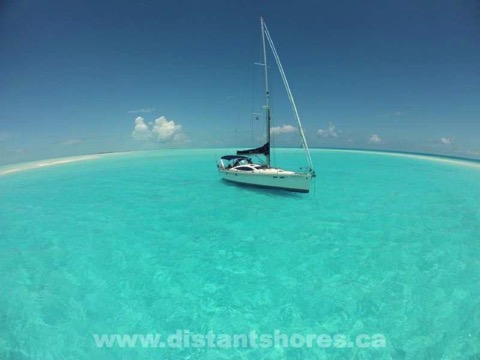
How deep is the water in the picture above? Could you anchor here?
If you want to safely cruise and enjoy the Bahamas or other shallow tropical destinations it is important to learn to read the depth by the colour of the water.
This picture is taken near White Cay south of George Town in the Bahamas. The light turquoise makes it look like a shallow swimming pool, and you can see that the bottom is all white sand. The blue colour of the water means that the light is travelling through enough water to change the light from clear to this blue colour.
The pale blue above means a bit more than 2 meters (6.6 feet) of water for us to see that level of “blue-ness”. So you would need a shoal draft boat to go in here.
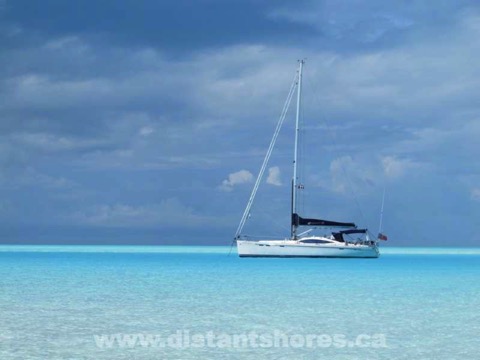
Here you can see the shallow water in the foreground (and far background) is less than 1/2 meter deep by the very pale blue-ness and to the right of the photo behind Distant Shores II is dry sand, therefore yellow. We are anchored in 2.5 meters.
Using the water colour to judge depth takes a bit of practice, and needs good light but is well worth the effort!
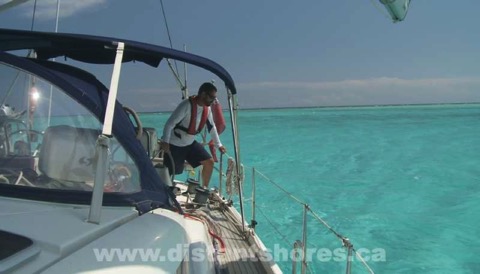
Keeping a close lookout using quality polarized sunglasses is important. If you are unsure if your glasses are polarized, you can tilt your head to see if the image changes. Looking at clouds in a blue sky you can see the sky get a darker blue. If you have an LCD display handy you can see if the image darkens when you tilt your head - then you have polarized glasses.
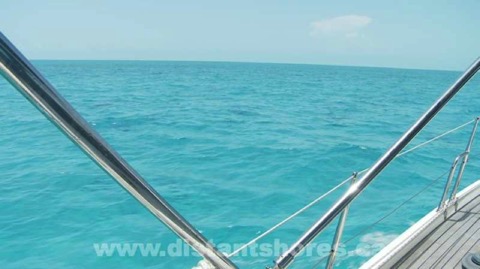
Here is a view with high sun through normal lenses... and below of the same view with polarized glasses.
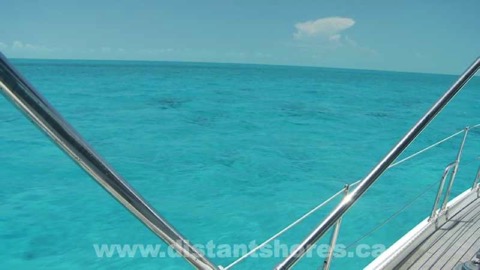
In this view you can see the water is quite a bit deeper. It is actually 4 meters - 13 feet deep and you can see a few small isolated rocks or small coral patches on the bottom. The patches are also deep so it is safe to navigate over them and you don’t need to dodge each one. If rocks are closer to the surface you can see them as sharper and darker colours.
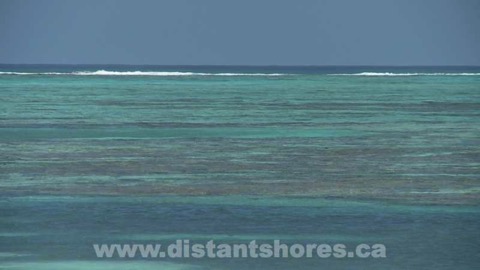
Here is a shallow coral beachfront (in the Turks & Caicos of Provo). This is all a “no-go” area since the bottom is rocky reef. The water over the reef patches looks brown, and is less than 1 meter deep. Anytime the water has that brown look is too shallow - even for a dinghy!
Below is an example of the water at 2 meters deep. We are approaching Hog Cay Cut in the Southern Exumas. Ahead you can see the cut as we leave the banks and approach George Town, Great Exuma. Note that a little further ahead you can see some slightly lighter colour water where it shallows to just 1.5 meters. Hog Cay cut is a tricky passage, and if you draw more than 1.5 meters is not recommended. There are spots with just 1 meter of water depth so most boats need to use a high or middle tide to get the extra water to make this passage safely. We are coming through on half tide and indeed find just 1.5 meters of water.
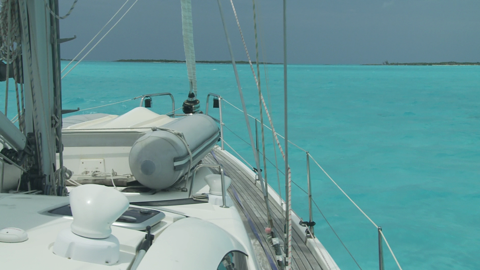
Finally here is a nice shot of the anchorage in George Town off Stocking Island.
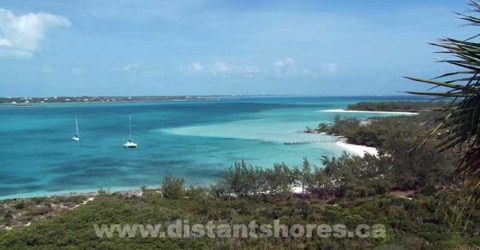
The water is less than 1 meter deep in the shallow bank in the centre of the photo. The main anchorage is mainly 3-4 meters deep and you can see grassy patches where it might be a little shallower. Anchor in the sandy bits for good holding and to enjoy your shallow water paradise!
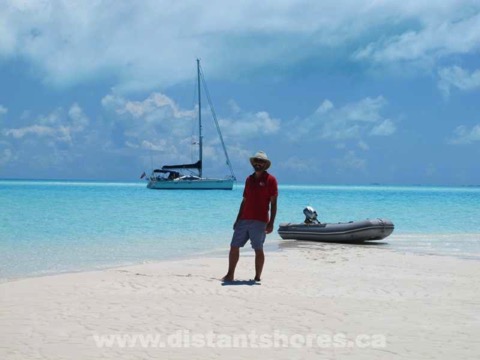
For more information on shallow water piloting check out “Cruising the Bahamas”, a one-hour video available on DVD and download as well as in the Bahamas/Caribbean Gift Pack of Distant Shores DVDs. All good resources for planning your upcoming cruise.
You Might Also Like the following...
Shallow Water Piloting
Tuning the Rig
About the Southerly 49
Top 10 Canal Journeys
blog comments powered by Disqus